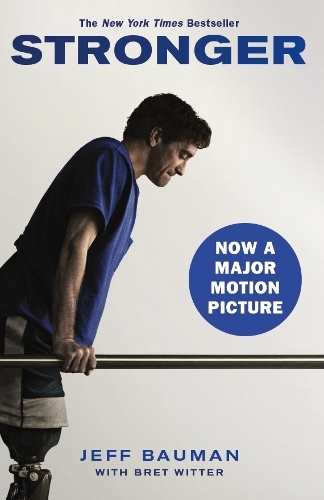

If that seems intimidating, check out the “ Explain a Film Plot Badly” Twitter feed, in which the best efforts skewer films in fewer than 140 characters.Ĭonsider the seemingly daunting task of describing Shakespeare’s Romeo and Juliet. Years ago, I turned this into a party game I called “the 50-word challenge,” in which the goal is to explain any concept, no matter how complex, in 50 words or less.

The basic notion is that during an elevator ride, you’ve got at most a couple minutes to tell someone your story. You’ve probably heard the phrase “ elevator pitch”. (I’ll use the term “story” for both fiction and non-fiction in both cases, you’re leading your readers on a journey, and you want to be the best tour guide you can be.) Start with a Summaryīefore you begin, create a summary statement that clarifies where you want to go that nobody has gone before that is, explain what distinguishes your story from every other story with a similar plot. In this article, I’ll teach you how to create an outline that supports your unique story and helps you communicate that uniqueness to your readers. They did that by creating a kickass outline. In both cases, the author clearly knew where they were going, and wrote in a way that would get you to that destination efficiently.

Pay attention to the best nonfiction, and you’ll notice something similar: it starts by explaining the context to orient you, musters the knowledge you’ll need to understand the author’s argument, and then guides you smoothly through a logical sequence that lets you grasp the author’s argument and decide whether it persuades. Pay attention to the best stories, and you’ll notice how (unlike life) they flow smoothly from start to finish, with the only interruptions provided (intentionally) to challenge the characters. This month we’re pleased to welcome editor and author Geoff Hart as a guest blogger to The Writer’s Ally blog, sharing some wisdom on how to outline your fiction or nonfiction book before you begin writing (or after) to create a better reading experience for your audience, and a better writing experience for you!


 0 kommentar(er)
0 kommentar(er)
